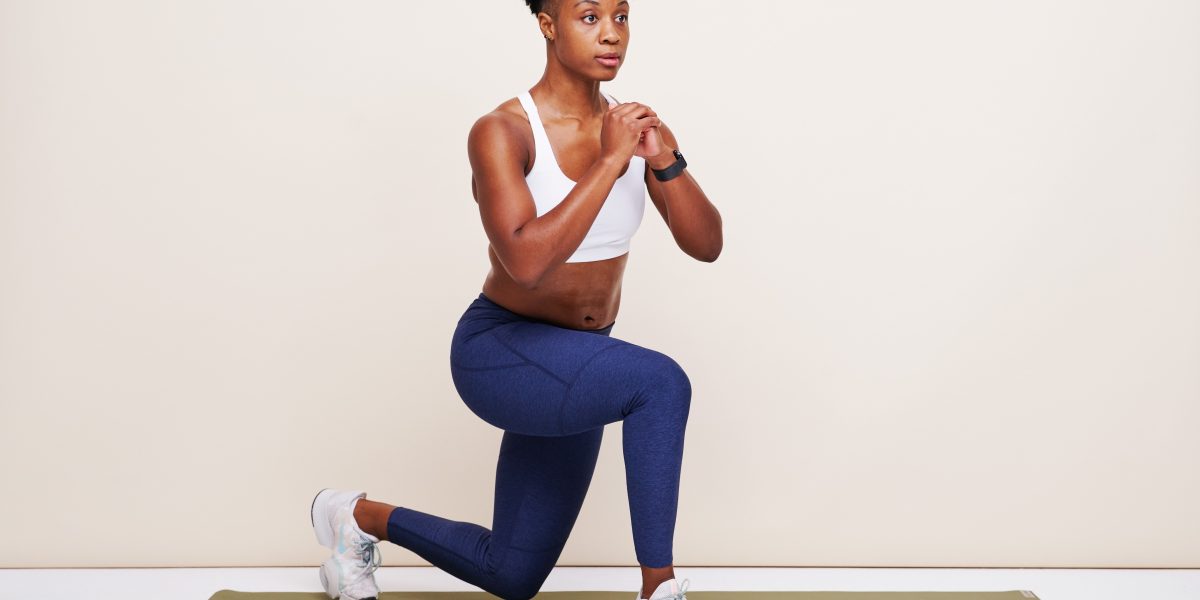You can also increase the challenge of bodyweight leg exercises by introducing explosive movement, Fagin says. Moves like pop squats and jump lunges are good for working your legs, developing your power, and perhaps introducing a little bit of cardio too.
When doing bodyweight leg work, it’s important to incorporate both hinge variations, like good mornings and glute bridges, and squat variations, like squats and lunges. Hinge exercises primarily target the backs of your legs (including your hamstrings and glutes) while squat exercises primarily target the front (including your quads), Fagin explains. So by incorporating both types of moves, instead of just homing in on one, you can work more muscles in your legs and get more well-rounded leg workouts.
Important caveat: If your goal is to build serious strength and muscle, bodyweight exercises alone likely aren’t going to cut it. “Our muscles can only really grow and strengthen if they’re overloaded,” Fagin says. And often that overload comes from adding weight. That said, bodyweight exercises are good for boosting strength endurance and muscle endurance, Fagin says. They are also a great way to work on your form since you don’t have to worry about weights or any equipment and can instead focus fully on solid technique.
What’s the hardest leg muscle to work?
It’s tough to say what’s the hardest leg muscle to work since that can really vary person to person, Fagin says. But in general people sometimes struggle to work their smaller muscles. And one smaller but super important lower-body muscle is the gluteus medius.
Located on the outer side of your butt, the glute med is part of a group of muscles called hip abductors, which are responsible for moving your legs to the side and away from your body, as SELF previously reported.
“The glute med is one of the most important muscles in your lower body in terms of stabilizing your hips,” Fagin says. “When people have a weak glute med, they often have back problems and hip pain and then it just works its way up.”
That’s why “it’s really important to not neglect your glutes and your glute med in general,” Fagin says. You can target your glute med with exercises that involve diagonal and/or side-to-side movements, like lateral lunges and curtsy lunges. You could also get the job done with a quick yet effective glutes finisher, like this one.
How can I do leg day at home?
To build a solid at-home leg workout, alternate between hinge movements (like the good morning) and knee-dominant movements (like a lunge), Fagin suggests. It’s also a good idea to alternate between bilateral moves, like squats, and unilateral moves, like single-leg glute bridges, she adds.
If you’re doing your workout in a circuit fashion—with exercises back to back without a whole lot of rest—it can be a good idea to incorporate some light core exercises and upper-body moves in there, says Fagin. Engaging your core and arm muscles can give your leg muscles a break and make your workout more efficient.
